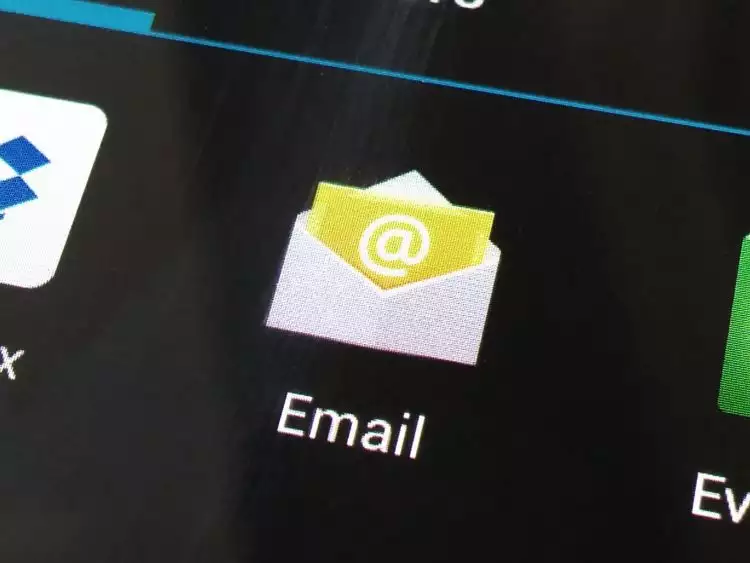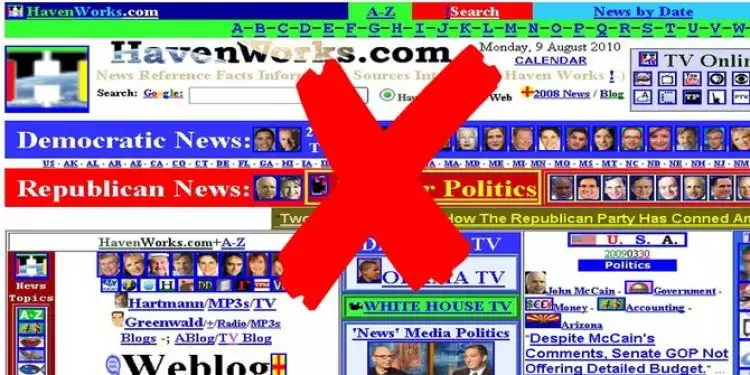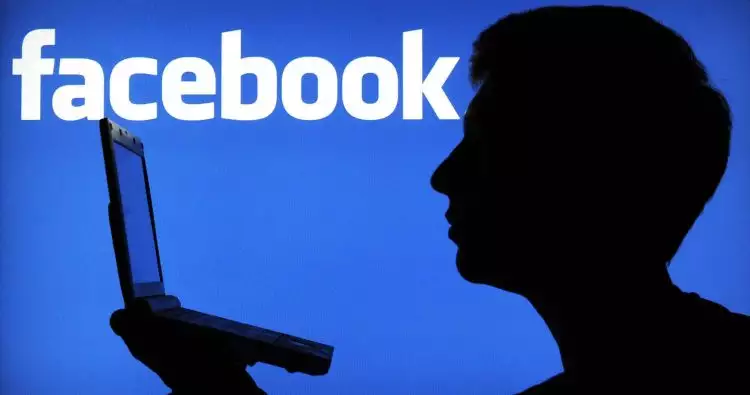I was on the balcony of Brilios office the other day when I noticed two young construction workers taking some time off on the roof of an unfinished house across the street. Neither interacted with the other. Both had their heads down, focused on their smartphones.
They stayed like that for their whole break.
I couldnt see what they were doing on their devices but I can make some educated guesses. They were most likely using sub-$100 USD Android devices and accessing social media (most likely through a subsidized prepaid social media plan), or on Youtube watching a video, or perhaps just chatting with friends through one of many popular messaging apps.
Contrast this image with a decade ago. The young men might still have phones, but they would be simple feature phones incapable of accessing the web or rich media. Instead of consuming content on their devices they would have most likely spent their break talking to each other, or huddled closely with a few others watching TV, if one was available.
This dramatic shift in behavior is caused primarily by the proliferation of smartphones, driven in turn by rapid improvements in their technology and a significant decline in prices that has made them accessible to tens of millions across Indonesia.
In 2013, Indonesian smartphone penetration was 18% percent. Today, that number is closer to 45% percent. This growth shows no sign of slowing down, and by 2020 we expect smartphone penetration to approach 90%+ of the population, bar a few stubborn holdouts. Indonesians with access to smartphones are also spending significantly more time on their devices than their televisions (on average, Indonesians spend 291 minutes per day in front of their mobile or tablet screen, vs. 132 minutes in front of their TV), and as far as we know theres no indication that they will turn to TV as they age.
This rapid proliferation in smartphone penetration and usage has brought with it a sea change in Indonesians media consumption habits and in how a digital media company like Brilio should operate. Within another 10 years, this change will have significantly increased the value of mobile video in Indonesia, with the potential to equal or even overcome the size of the traditional broadcast TV market.
Smartphone penetration is only part of the story. Vast improvements in mobile targeting and data capabilities and accelerating growth in the quality of mobile video content are also key factors in driving the growth of value in mobile video.
Mobile video offers greater effective reach vs. TV
If the current rate of smartphone penetration growth holds over the next 5 years, mobile video as a channel will match the reach of broadcast television by 2020. This alone is a significant contributor to value, but we believe that viewers reached through smartphones are more valuable than those reached through TV because smartphones are able to deliver content targeted towards audiences on an individual basis.
Television penetration is extremely high in Indonesia, currently at 75% of total households, but the statistic is misleading because it tracks users on a household rather than on an individual basis.
Assuming a three-person household, the probability that all three members will want to watch the same content at a given time is actually fairly small. Think about how many times you have had to compromise while growing up.
Whats much more likely is the broadcaster will optimize the relevancy of their content for about a third to a half of their audience at any given time. Therefore, although broadcasters may claim to reach an extremely large audience, their effective reach, as measured by audiences for whom the content is relevant, is at best only half the published reach.
Broadcasters can gain some insight on the viewing behavior of households through measurement services such as Nielsen and Comscore but it is very hard for them to distinguish individual viewing habits within the household. TV broadcasters also lack the ability to monitor the true number of viewers at any given time. How many people are actually watching television, as opposed to leaving it on in the background, or spending most of their time on their second screensfor example, their smartphone? These are all questions that traditional broadcasters cannot answer, but mobile video producers can.
With smartphones, content creators and brands know when viewers are watching because content isnt distributed passively once the phone is on. Creators and brands have access to real data showing them who is watching, where and at what timekey insights that traditional broadcasters lack.
TV is king today, but not tomorrow
While rising smartphone penetration means that more people will view video content on their mobile devices, the quality of video content produced for mobile devices today is still far inferior to the quality of television content. Part of this can be explained by the lower budgets allocated to mobile video, but much of this is still due to a lack of expertise, quality control, and experience in TV quality production amongst mobile video creators.
While this is true today, the gap in production quality is rapidly shrinking. Just look at popular Buzzfeed videos now streaming on Apple TV to see how quickly the quality of mobile video content is improving. This improvement is primarily driven by the deep analytics which are available on mobile.
Brands distributing content on mobile video can track with accuracy and precision the behavior of their audience as they watch content online. Detailed demographic data allows content creators to determine what kind of content works with various audiences so that they can optimize their content creation process. Creators can even track major drop off points in a video to identity weak moments that can then be corrected in future work.
The rich re-targeting features available through mobile is another critical factor which drives significant value for mobile video as a channel. Re-targeting allows brands to generate greater ROI from their campaigns by targeting individuals who have previously engaged with the brand and are therefore more likely to convert into a customer. Used properly, this approach can reduce ad-fatigue, increase brand awareness, and most importantly help drive customer conversions in the long-run.
Perhaps most valuable, creators and brands are able to receive direct feedback from their audience on their work by tracking comments and reactions on social media on a real-time basis. This direct interaction helps engender a greater sense of loyalty from the audience and eventually translates into a larger audience base.
All these data points consolidated and analyzed in concert drive a powerful positive feedback engine that allows mobile video content to improve at a much faster rate than traditional channels. This improvement translates into richer, customized content for targeted audiences that in turn improves ROI and increases the value of the channel as a whole.
The future as I see it
From where I sit, its clear to me that mobile video will become the most valuable content channel in the country. In time the vast majority of Indonesians will have access to a smartphone screen, and they will spend most of their time on that screen thanks to better content, driven in large part by advanced analytics. Noticing this improvement, and the significantly lower cost of creating mobile video content, brands will shift a greater portion of their marketing budget to the channel.
This improvement in cost coupled with greater campaign performance due to strong data analytics and retargeting capabilities will further drive ROI improvements which will accelerate the budget shift. Zooming out of Indonesia for a moment, these factors combined lead me to believe that mobile video will be eventually become the dominant channel globally since these trends are in play throughout the world generally. Stay tuned on mobile video, its going to be an exciting space to watch over the next few years.












